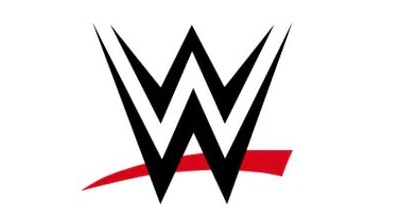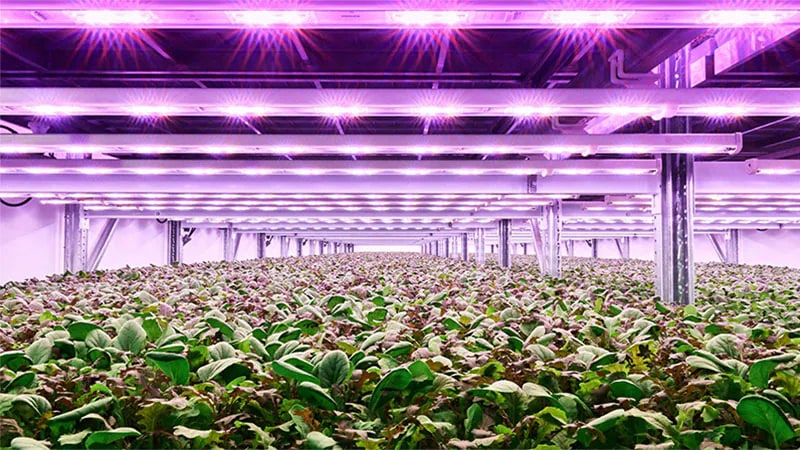Browse all case studies and success stories
American University in Cairo
The American University in Cairo (AUC) champions a future-proofed transformation.
Solution: Catalyst switches, NetScout, Cisco ACI, Cisco ThousandEyes, Splunk AppDynamics
Region: Europe, Middle East, and Africa (EMEA)
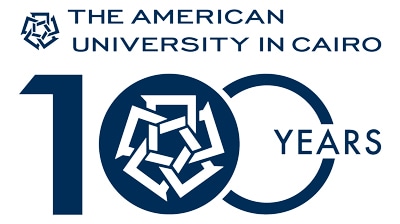
Arelion Sweden AB
Arelion transforms customer experiences with transparency and operational excellence.
Solution: Cisco 8000 Series Routers, Cisco Agile Services Networking, Cisco Provider Connectivity Assurance, Cisco Crosswork Network Automation, Cisco coherent optics
Region: Europe, Middle East, and Africa (EMEA)
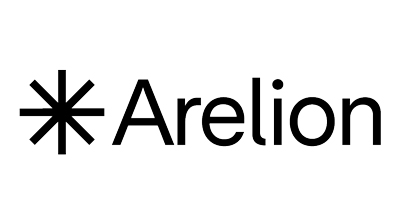
BT Group
BT provides communications and connectivity services to UK businesses and the public sector.
Solution: Cisco Application Centric Infrastructure (Cisco ACI), Cisco Duo, Cisco Identity Services Engine (Cisco ISE), Cisco Common Services Platform Collector (Cisco CSPC)
Region: Europe, Middle East, and Africa (EMEA)
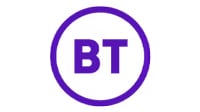
Barts Health NHS Trust
Barts Health NHS Trust delivers healthcare to 2.5 million people.
Solution: Cisco Software-Defined Access (SDA), Cisco ThousandEyes, Cisco Secure Firewall
Region: Europe, Middle East, and Africa (EMEA)
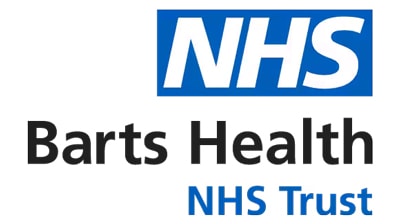
Birla Opus Paints
Birla Opus Paints built six new factories with one digital backbone.
Solution: Cisco CPwE Arhitecture, Cisco Industrial Ethernet, Cisco Meraki, Cisco Firepower, Cisco Zero Trust
Region: Asia-Pacific, Japan, and China (APJC)
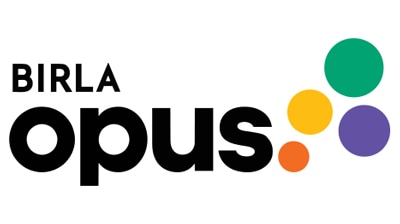
CBMM
Companhia Brasileira de Metalurgia e Mineração (CBMM) is the world’s leading producer of niobium.
Solution: Cisco UCS X-Series Modular System with Cisco Intersight, Cisco UCS X-Series Direct, Cisco Compute Hyperconverged with Nutanix, Cisco Application-Centric Infrastructure
Region: Americas
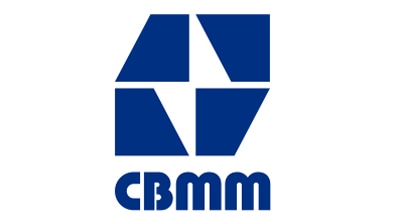
Central Data Systems Pvt. Ltd
CDS enhances security, streamlines operations, and empowers teams to stay ahead of evolving threats.
Solution: Secure Firewall, Cisco Firepower Management Center, Cisco AIOps & AI Assistant for Security
Region: Americas
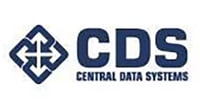
Clarke County Hospital
Clarke County Hospital lights up a bright future.
Solution: Cisco Catalyst Switches
Region: Americas
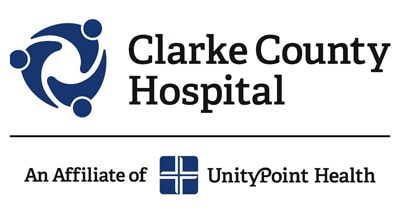
DP World
Enhancing DP World’s mission-critical operations by reimagining infrastructure.
Solution: Cisco Software-Defined Access, Cisco Catalyst Center, Cisco Ultra-Reliable Wireless Backhaul, Cisco Catalyst Industrial Ethernet Switches
Region: Asia-Pacific, Japan, and China (APJC)
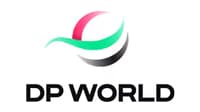
DP World Evyap
DP World Evyap Körfez network upgrade sets new standards in efficiency and automation.
Solution: Cisco Ultra-Reliable Wireless Backhaul
Region: Asia-Pacific, Japan, and China (APJC)
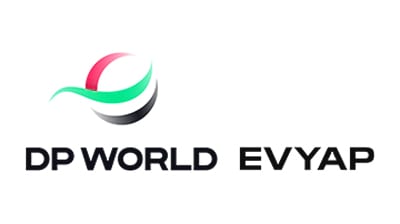
Decathlon
The world's largest sports retailer enhances network visibility, security, and automation.
Solution: Meraki dashboard, Cisco Meraki MS switches, Cisco Meraki MX security and SD-WAN, Cisco wireless access points, Cisco Meraki APIs
Region: Europe, Middle East, and Africa (EMEA)
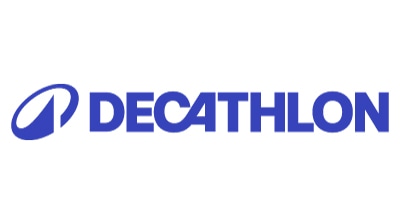
Distinctive Resorts
Distinctive Resorts is a hotel management company with resorts on the California coast.
Solution: Meraki dashboard, Meraki Vision portal, Cisco Meraki MV smart cameras, Cisco Meraki MT sensors, Meraki MR wireless access points
Region: Americas

FLAME University
Flame University transforms into one of India’s most connected campuses achieving 99.9% uptime.
Solution: Cisco Meraki MR Series Access Points, Cisco Meraki MX Security, Cisco Meraki Cloud-Managed Switches
Region: Asia-Pacific, Japan, and China (APJC)
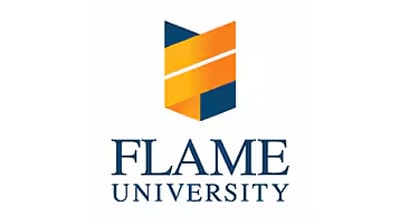
Fiserv
Global fintech and payments company with solutions for banking.
Solution: Cisco Professional Services, Cisco Catalyst Center , Cisco Splunk, Cisco Thousand Eyes
Region: Americas
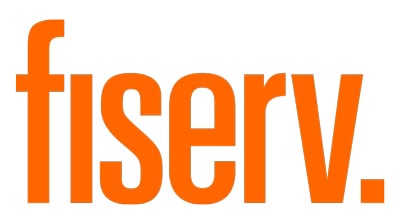
France TV
France TV upgraded its legacy broadcast production network to be simpler and versatile.
Solution: Cisco IP Fabric for Media, Cisco Nexus Dashboard Fabric Controller, Cisco Nexus 9000 Series Switches
Region: Europe, Middle East, and Africa (EMEA)

Het Facilitair Bedrijf - Vlaamse overheid
Flemish government IT supports 30,000 users and 40,000 devices across 200 government sites.
Solution: Cisco Catalyst Center, Cisco Catalyst switches, Cisco Catalyst Wireless, Cisco Secure Firewall, Cisco SD-Access
Region: Europe, Middle East, and Africa (EMEA)
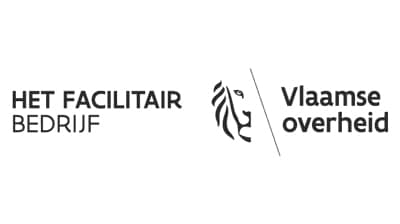
Indosat Ooredoo Hutchison
Indosat Ooredoo Hutchison offers a wide range of services connecting people, businesses, and communities.
Solution: Cisco Security Services
Region: Asia-Pacific, Japan, and China (APJC)
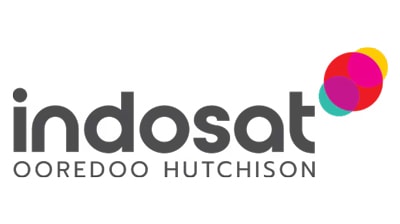
Interstellar Technologies Inc. (Japanese)
Interstellar Technologies handles confidential information developing rockets and satellites.
Solution: Cisco Meraki MX, Cisco Secure Connect
Region: Asia-Pacific, Japan, and China (APJC)
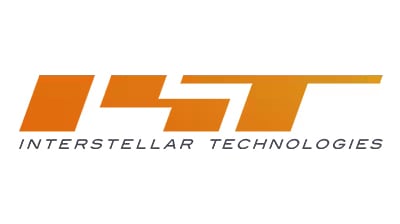
Joris Zorg
Secure connected healthcare enables independent living.
Solution: Cisco Meraki platform, Cisco XDR, Cisco Secure Access, Cisco Talos
Region: Europe, Middle East, and Africa (EMEA)
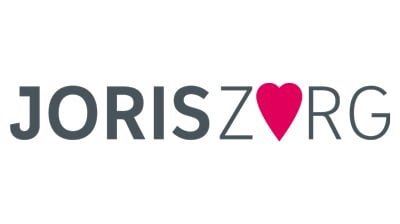
Kamstrup
Kamstrup uses Cisco SD-WAN and Cisco ThousandEyes for enhanced visibility.
Solution: Cisco Catalyst 8000 Edge Platforms, Cisco SD-WAN, Cisco ThousandEyes
Region: Europe, Middle East, and Africa (EMEA)
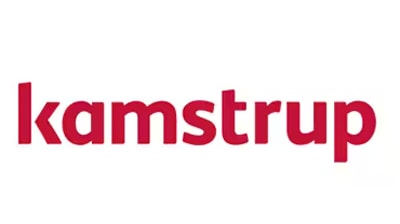
Kistler Weigh In Motion
Detecting and removing overweight trucks helps make roadways safer.
Solution: Cisco Catalyst IE9300 Rugged Series switches
Region: Europe, Middle East, and Africa (EMEA)
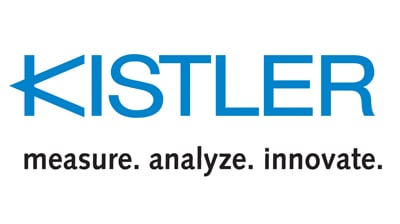
LTIMindtree
LTIMindtree reimagined work by building trust into every meeting.
Solution: Cisco Devices, Cisco Webex Control Hub, Cisco RoomOS, Webex AI, Cloud Calling
Region: Asia-Pacific, Japan, and China (APJC)
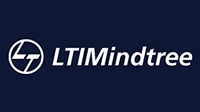
Live Nation Entertainment
Live Nation turns up the volume on festival experiences.
Solution: Cisco Wireless, Cisco Spaces, Cisco Meraki MV cameras, Splunk, Cisco Catalyst Center
Region: Americas
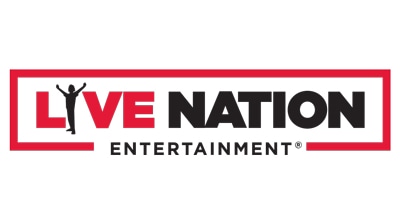
Lumen Technologies
As the trusted network for AI, Lumen provides metro connectivity and long-haul data transport.
Solution: Cisco QSFP-DD 400G ZR/ZR+ coherent pluggable optics, Cisco 8200 Series, Cisco Network Convergence System 5700 Series, Cisco Network Convergence System (NCS) 1001
Region: Americas
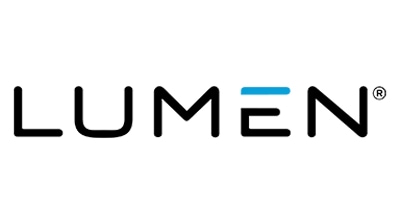
Melbourne Cricket Club
Transforming one of the world’s oldest stadiums into one of the most digitally enabled.
Solution: Cisco Catalyst Center, Cisco Software-Defined Access, Cisco Nexus Dashboard
Region: Asia-Pacific, Japan, and China (APJC)

Mitsubishi Estate・Simon Co.,Ltd. (Japanese)
Building a foundation for high-quality customer experiences and future marketing initiatives.
Solution: Cisco Meraki MR, Meraki Dashboard
Region: Asia-Pacific, Japan, and China (APJC)

NatWest
NatWest Group is a leading banking and financial services group in the U.K. and Ireland.
Solution: Cisco Customer Recycling Solutions, Cisco Takeback and Reuse Program
Region: Europe, Middle East, and Africa (EMEA)
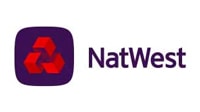
Nestle
Nestlé leads as the world’s largest food and beverage company.
Solution: Cisco SD-WAN, Cisco ThousandEyes, Cisco Secure Routers
Region: Americas

Noida Power Company Limited
NPCL distributes power in Greater Noida, a city in Uttar Pradesh northern India, to over 150,000 customers.
Solution: Cisco Intersight
Region: Europe, Middle East, and Africa (EMEA)
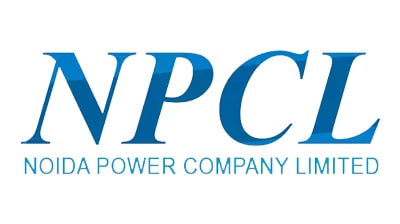
Nutrien
Nutrien is a leading provider of crop inputs and services that help growers increase food production.
Solution: Cisco Wireless, Cisco switching, Cisco Ultra-Reliable Wireless Backhaul, Cisco Identity Services Engine (ISE), Cisco Spaces
Region: Americas
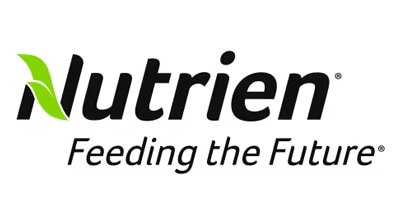
Planet Farms
Planet Farms is aiming to transform the way fresh vegetables are grown, sold, and distributed.
Solution: Cisco Ultra-Reliable Wireless Backhaul (URWB)
Region: Europe, Middle East, and Africa (EMEA)
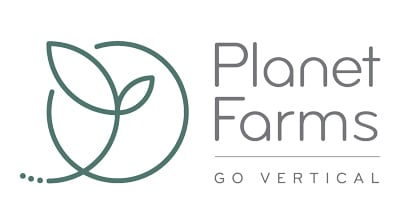
Proactive Data Systems Pvt. Ltd.
Proactive Data Systems (PDS) enhances security and streamlines operations.
Solution: Cisco Secure Firewall, Meraki MX, Cisco Duo, Cisco Email Threat Defense, Cisco AI Assistant
Region: Europe, Middle East, and Africa (EMEA)

Reist
Cisco UCS X-Series and Red Hat OpenShift help a leading Swiss service provider innovate faster.
Solution: Cisco UCS X-Series Modular System with Cisco Intersight, Cisco Nexus 9000 Series switches
Region: Europe, Middle East, and Africa (EMEA)
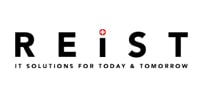
Reliance Jio
Cutting-edge technologies from Cisco drive end-to-end converged IP networking.
Solution: Cisco Agile Services Networking, Cisco 8000 Series Routers, Cisco Cloud-Native Broadband Network Gateway (cnBNG), Cisco Routed Optical Networking, Cisco Crosswork Network Automation
Region: Europe, Middle East, and Africa (EMEA)
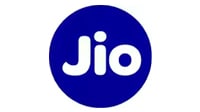
SAMSØE SAMSØE
Copenhagen clothier’s rapid growth is styled on cutting-edge wireless and in-store innovation.
Solution: Cisco Wi-Fi 7 access points, Meraki dashboard, Cisco Spaces, Cisco Meraki MV Smart Cameras, Cisco Security Suite
Region: Europe, Middle East, and Africa (EMEA)

Saudi Telecom Company
Saudi Telecom Company (stc), leads national and regional digital transformation with innovative Information.
Solution: Cisco Provider Connectivity Assurance, Cisco ThousandEyes Assurance, Cisco 8000 Series Routers, Cisco Silicon One, Cisco Crosswork Network Automation
Region: Europe, Middle East, and Africa (EMEA)
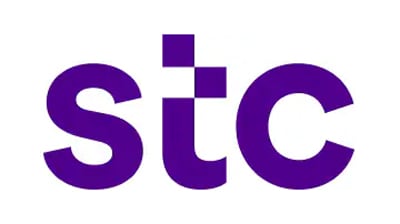
SmartCap
South African truck parts maker SmartCap launches fully automated Texas manufacturing facility.
Solution: Meraki Dashboard,Cisco Meraki MR wireless access points, Cisco Meraki MS Series Switches, Cisco Meraki MX security and SD-WAN, Cisco Meraki MV smart cameras
Region: Europe, Middle East, and Africa (EMEA)
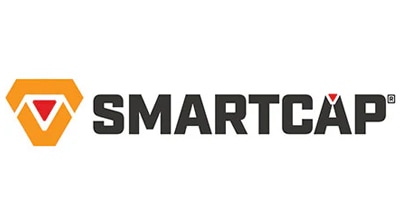
SoFi / Hollywood Park
Cisco networking enhanced the experience for fans and visitors at SoFi Stadium.
Solution: Cisco Nexus 9000 Series switches, Cisco Catalyst 9690 switches, Cisco Vision Dynamic Signage
Region: Americas
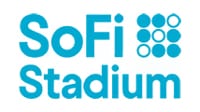
South Australian Jockey Club
South Australian Jockey Club transformed its venue to secure its legacy as a premier destination.
Solution: Cisco Meraki dashboard, Cisco Meraki MR wireless access points, Cisco Meraki MS switches
Region: Asia-Pacific, Japan, and China (APJC)
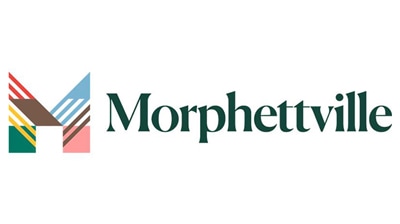
Spark New Zealand
Discover how Spark ignited a new era in IoT empowering customers with control and innovation.
Solution: Cisco Mobility Services Platform, Cisco IoT Control Center
Region: Asia-Pacific, Japan, and China (APJC)
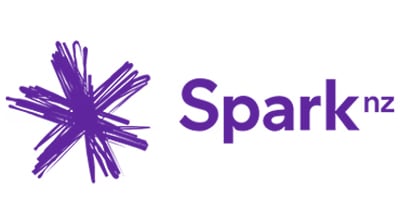
Swisscom
Swisscom is Switzerland’s leading ICT company offeingr mobile, internet, and TV.
Solution: Cisco 8000 Series Routers, Cisco ASR 9903/9902, Cisco NCS 540, Cisco Crosswork Network Automation, Cisco Routed Optical Networking
Region: Europe, Middle East, and Africa (EMEA)
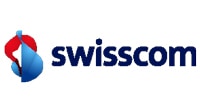
Tech Mahindra Limited
Tech Mahindra reimagines network operations to deliver agility across 32 branches and 6 hubs.
Solution: Cisco Software-Defined WAN (SD-WAN), Cisco Catalyst Switches
Region: Europe, Middle East, and Africa (EMEA)
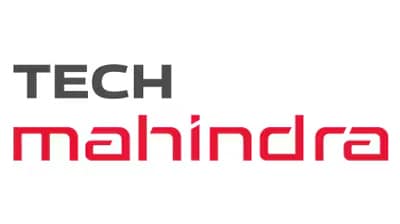
The Kraft Group
The Kraft Group simplifies delivery of its broadcast capabilities at Gillette Stadium and beyond.
Solution: Cisco IP Fabric for Media, Cisco Nexus 9000 Series switches, Cisco Nexus Dashboard, Cisco Secure Firewall, Cisco Services
Region: Americas
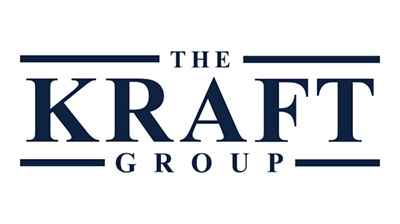
The Supreme Industries Limited
Supreme Industries enhances connectivity and visibility while keeping scalability goals in mind.
Solution: Cisco Meraki MS switches, Cisco Firepower 1010 NGFW Appliance, Cisco Meraki Wireless, Ultra-Reliable Wireless Backhaul
Region: Europe, Middle East, and Africa (EMEA)
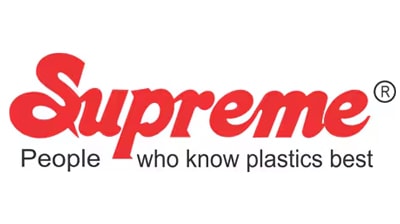
The University of the South Pacific
The University of the South Pacific modernized their hybrid security.
Solution: Cisco Security Cloud Control, Cisco AI Assistant, Cisco Secure Firewall 3140, Cisco Identity Services Engine (ISE)
Region: Asia-Pacific, Japan, and China (APJC)
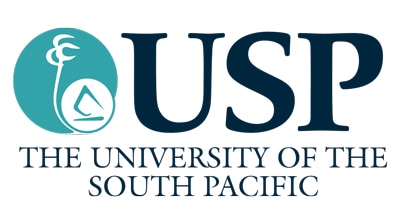
Time of India Group
Bennett, Coleman & Co. Ltd. (BCCL) tackled network challenges to embrace digital agility and fortify security.
Solution: Cisco Catalyst Switches, Cisco Catalyst Center, Cisco Identity Services Engine (ISE)
Region: Europe, Middle East, and Africa (EMEA)
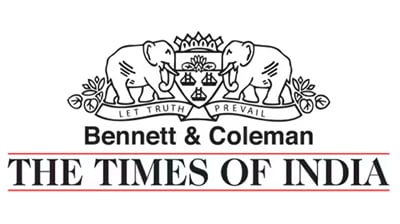
Tripadvisor
Tripadvisor’s Strategy for Future-Proofed Workplaces.
Solution: Cisco Collaboration Devices, Cisco Spaces, Cisco Networking
Region: Americas

University Hospital Frankfurt
Discover how one of Germany's leading university clinics improved patient care.
Solution: Cisco campus switching, Cisco Spaces
Region: Europe, Middle East, and Africa (EMEA)
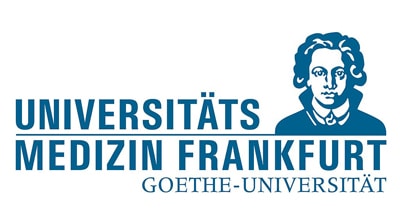
Universitätsmedizin Frankfurt (German)
Entdecken Sie, wie eine der führenden Universitätskliniken Deutschlands die Patientenversorgung verbessert hat.
Solution: Cisco campus switching, Cisco Spaces
Region: Europe, Middle East, and Africa (EMEA)

Vulcan
Vulcan transformed its legacy network into one that is secure and scalable.
Solution: Cisco Meraki Dashboard, Cisco Meraki MR wireless access points, Cisco Meraki MS switches, Cisco Meraki MX security, SD-WAN appliances
Region: Asia-Pacific, Japan, and China (APJC)
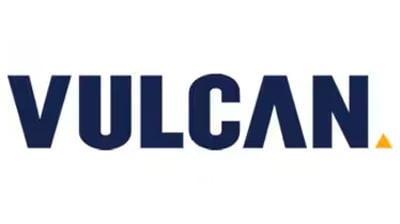
WWE Corp.
WWE delivers faster and more efficient broadcasts from its venues to viewers worldwide.
Solution: Cisco Nexus 9000 Series Switches, Cisco Nexus Dashboard, Cisco ThousandEyes
Region: Americas
